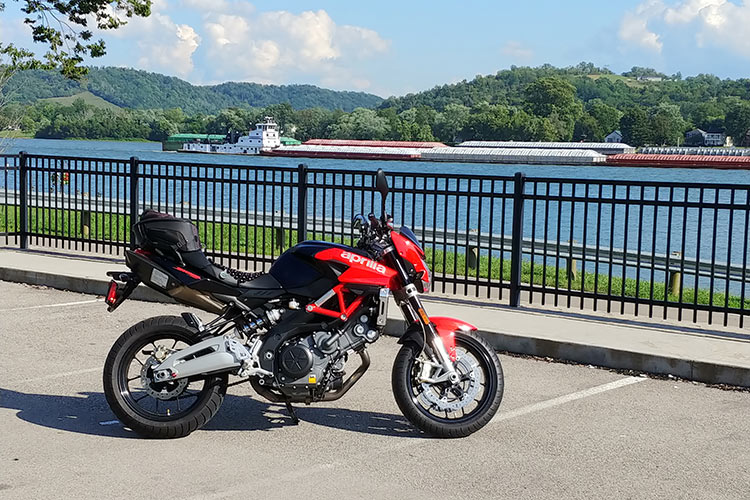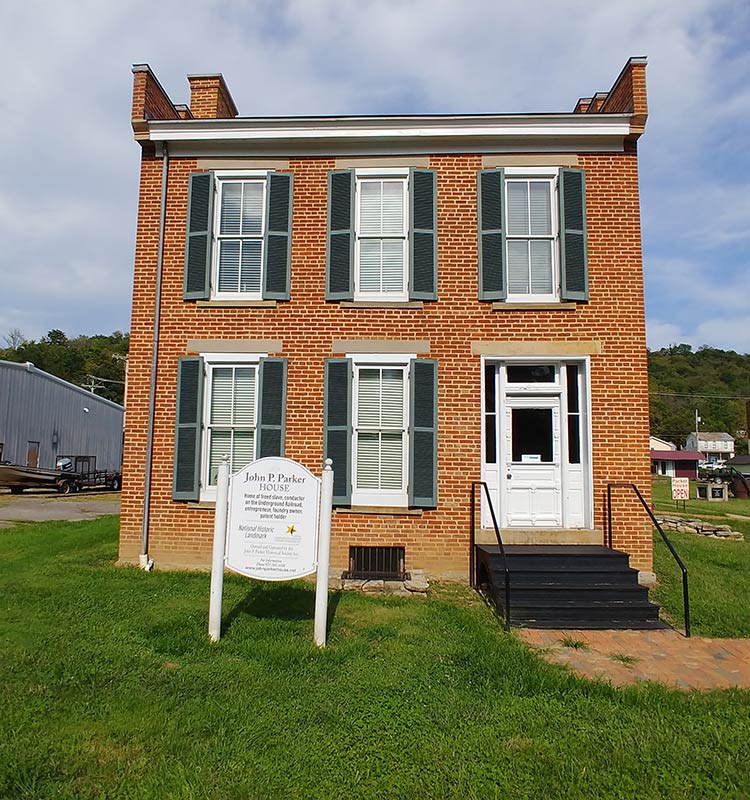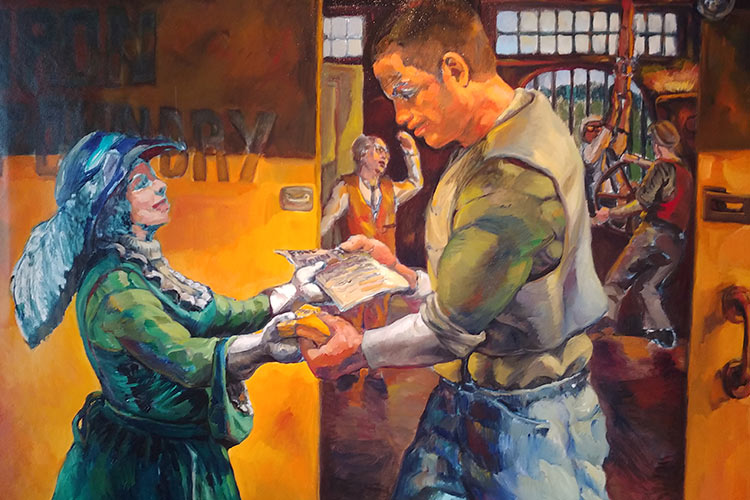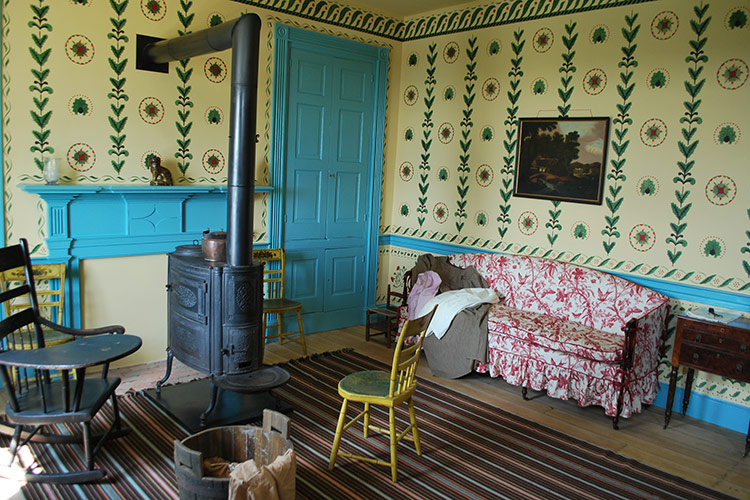Photo by Tom Dean
Riding Feature
Let Freedom Ride
Visiting The Underground Railroad Homes Of John Parker And John Rankin
By Tom Dean
In the wake of a global pandemic and nationwide protests, I took a motorcycle ride around my hometown of Cincinnati to clear my head.
What I found was surprising.
Cincinnati was an important place in the mid-1800s—another time of great social change—as the grand central station in the Underground Railroad movement before and during the American Civil War.
The North and South were separated by the Ohio River, with Kentucky on one side and Ohio on the other. Many slaves attempted to cross the Ohio River from Kentucky to get to the Ohio side, where they would be helped by abolitionists to find freedom in Canada.
I rode to Ripley, some 60 miles southeast of Cincinnati, to visit the historic homes of two key players in the Underground Railroad: John P. Parker and John Rankin.
U.S. Route 52 is a classic river road that follows the mighty Ohio. The air is cooled by the breeze coming off the water, and you can see boats and commercial barges flowing down river as you ride.
I stopped in Higginsport to watch a ferry take cars from the Ohio side of the river to the Kentucky side. This ferry is known as the Augusta Ferry, because it drops passengers off in the town of Augusta, Ky. Augusta is the hometown of actor and filmmaker George Clooney and his equally famous aunt, singer and actor Rosemary. The ferry accepts motorcycles, and you can cross for $5 one way.
Ripley is a town of contrasting geography. Part of the town occupies a hilltop some distance from the Ohio River, while the other part lies in the valley by the riverbank.
The John P. Parker House is a two-story brick building on the Ripley riverfront.
Parker was a freed Black man, businessman and an Underground Railroad conductor and extractor. Parker’s story is a triumph of a life of sacrifice in the service of people who needed his help.
Parker was born to slavery in 1827 in Norfolk, Va. He was the son of a Black woman and a white plantation owner. When Parker was 8, he was chained to other slaves and forced to walk from Norfolk, Va., to Mobile, Ala.
The medical doctor who bought Parker also had two sons who were a little younger than Parker. The three boys sparked up a mutually beneficial friendship. Parker taught the two brothers how to hunt and fish. The brothers, in turn, brought Parker books from their library and taught him how to read.
Parker worked in the slaveowner’s foundry, becoming a skilled molder.
He eventually convinced a friend of the slaveowner to buy him for $1,800, a sum Parker repaid in 18 months by working at another local foundry.
The freed Parker lived for a while in Jeffersonville, Ind., before settling with his wife, Miranda Boulden, in Ripley, where Parker worked his own foundry by day and helped slaves make their way to freedom at night.
Leaving the Parker house, I rode up a large hill in the middle of Ripley to the Rankin house.
Rankin was a white abolitionist and a Presbyterian minister. He began ministering at the Ripley Presbyterian Church in 1822. He and his wife, Jean, moved into a new house overlooking the Ohio River in 1829.
The house was on a working farm with a barn and a corn crib. Today, only the house remains on the grounds. On the first floor, there are two windows that look out over the Ohio River. In these windows, the Rankins lit beacon lights to guide runaway slaves to their hilltop home.
Underneath the original barn were bunkers, where slaves could hide from slave hunters while awaiting the next step northward. Rankin and his family helped some 2,000 slaves on their journeys to freedom.
My favorite part of the Rankin House was the stairway up the back of the house. Under the modern wooden steps, many of the home’s original steps remain, steps once trod by Rankin and the slaves pursuing their freedom.
Steps of change borne through selflessness, sacrifice and a spirit of cooperation. Timeless American principles that always see us through periods of great change.
Tom Dean is an AMA member from Fairfield, Ohio.








